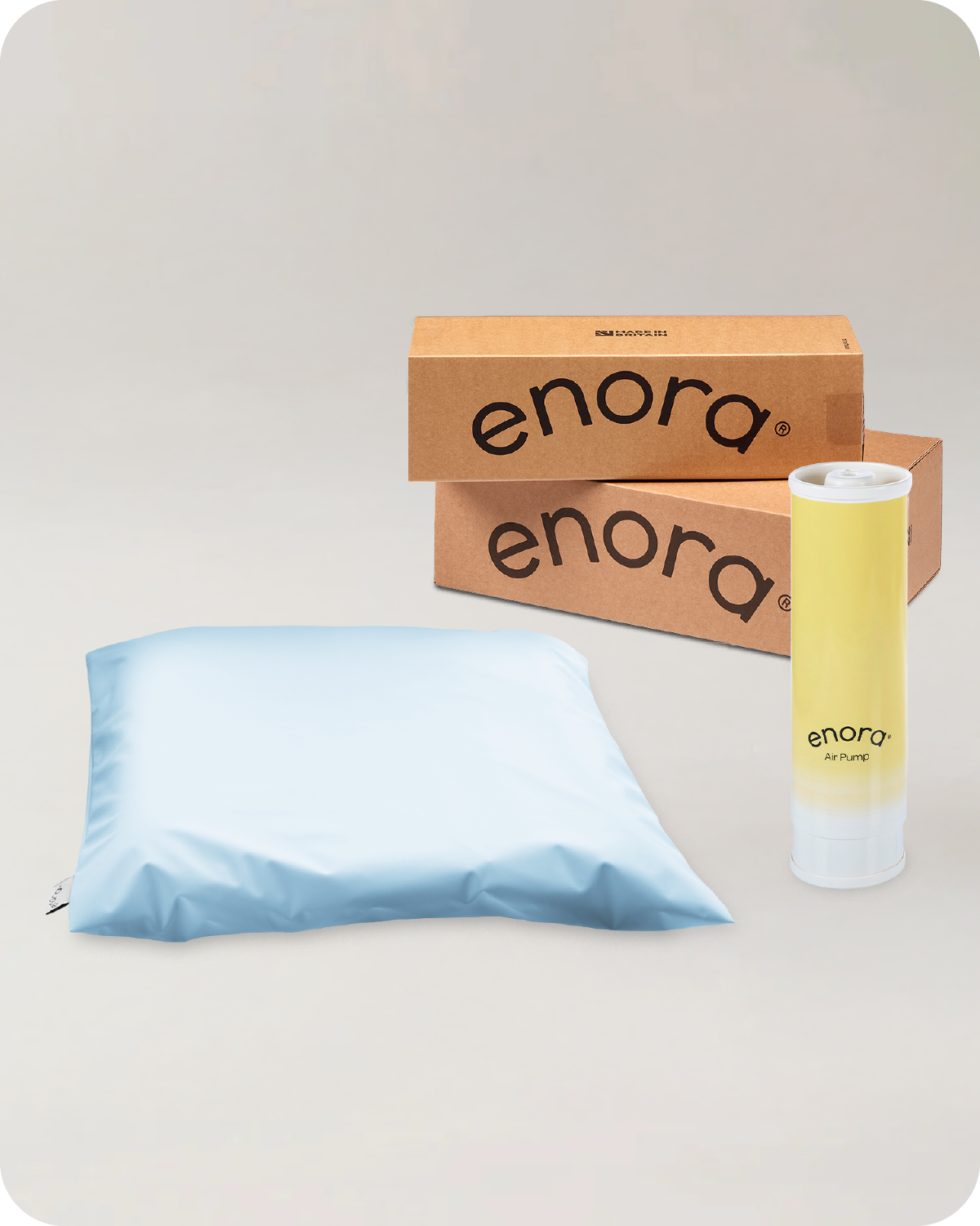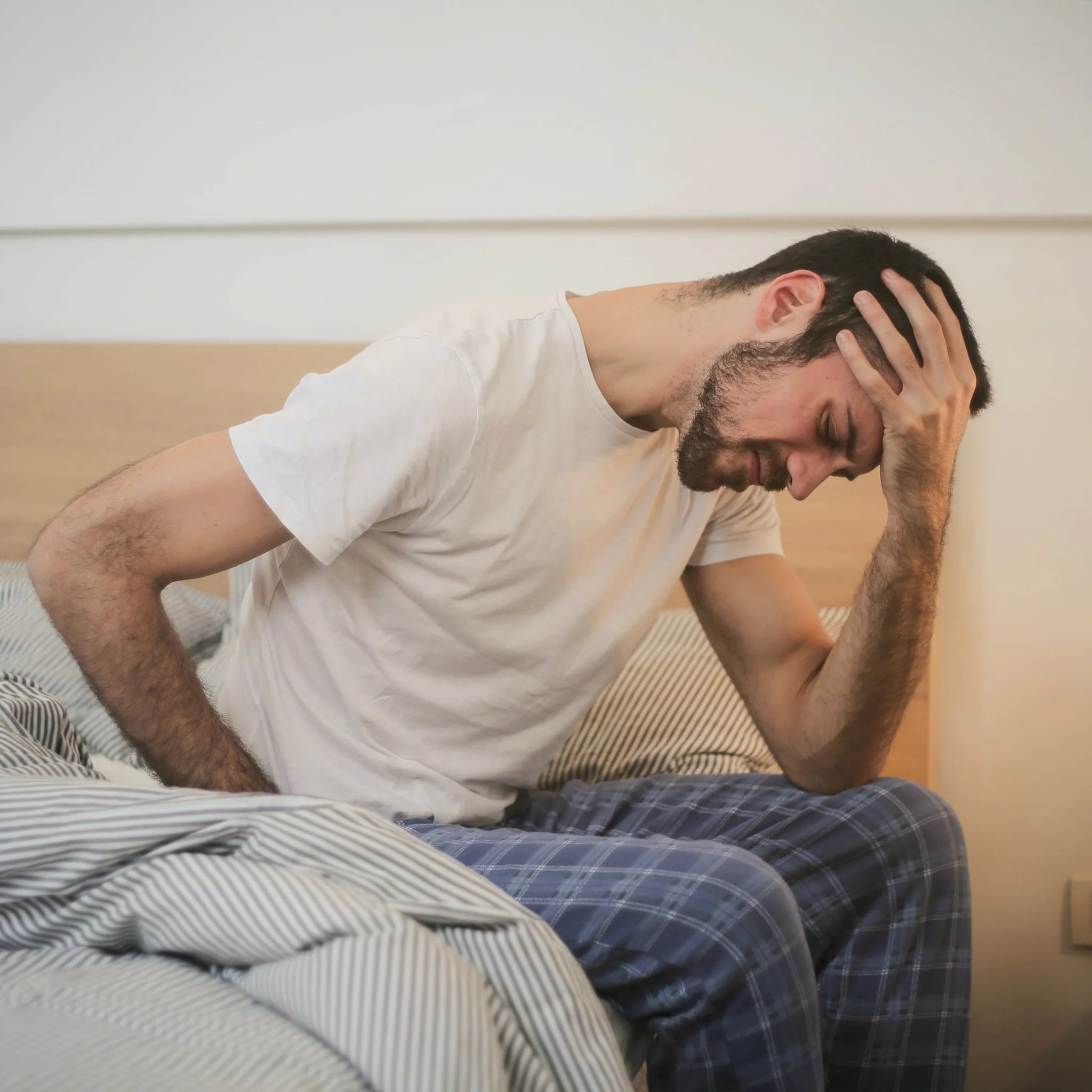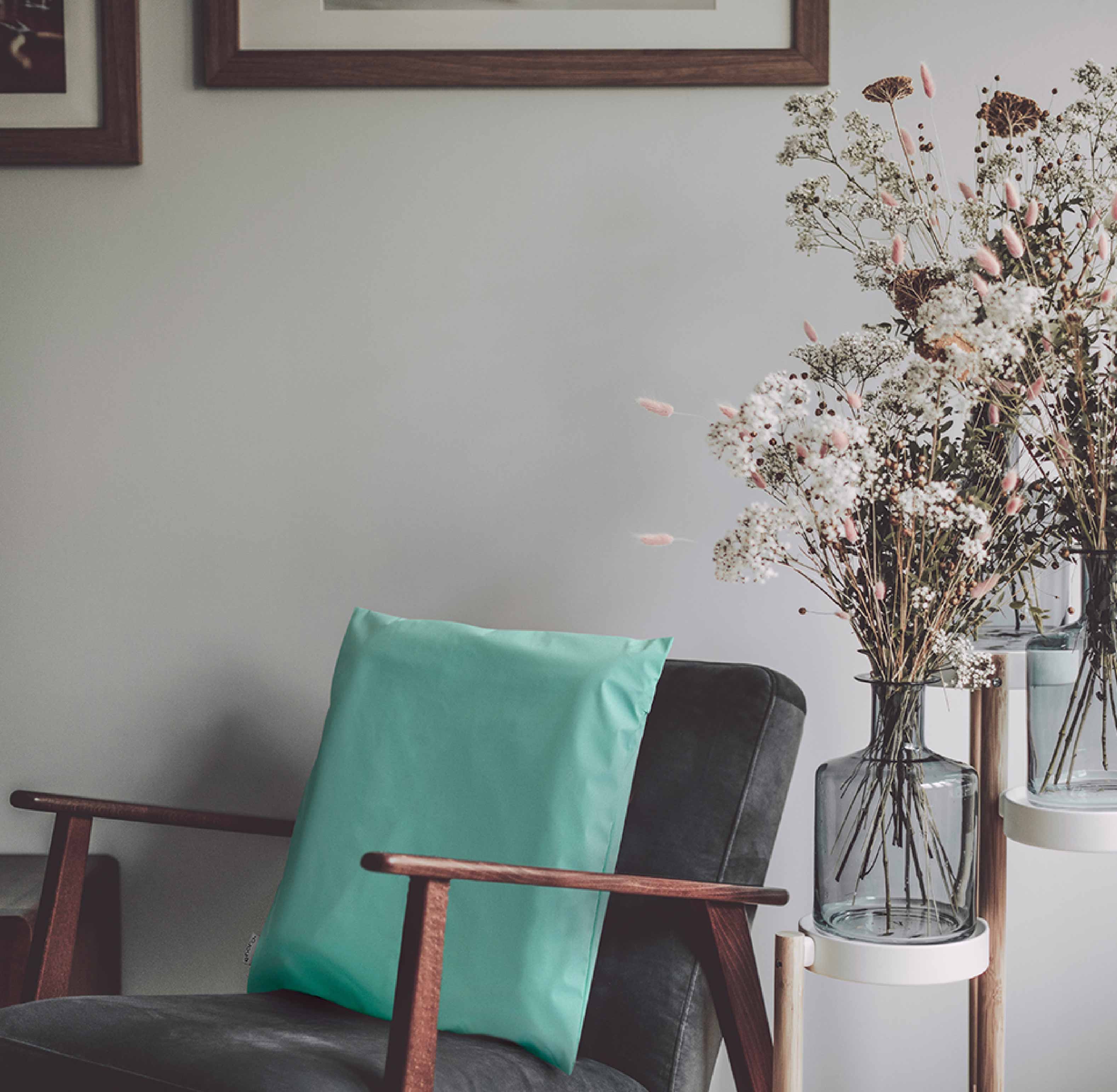A common question that medical experts get asked is, what is a pressure ulcer? Pressure ulcers are a medical condition resulting from extended periods of pressure on the skin. You may be wondering how likely you are to get pressure ulcers. What are the short and long-term effects of pressure ulcers? Within this blog, we’ll cover these points as well as help provide you with an understanding of the different stages of pressure ulcers. Uncover our top recommended strategies to prevent, manage, and treat pressure ulcers. And products that can be used to prevent and treat pressure ulcers.
Read on, to discover:
- The Science Behind Pressure Ulcers
- Short And Long Term Effects Of Pressure Ulcers
- How Likely Are You To Get Pressure Ulcers
- Pressure Ulcer Prevention And Treatment
- Pressure Air Care: How You Can Benefit From It
And more, now let's get started

The science behind pressure ulcers
Pressure ulcers, also known as pressure sores or bed sores, are a medical condition caused by friction or pressure on your skin over a prolonged period of time.
There’s four different stages to pressure ulcers, ranging from stage 1 to 4.
Stage 1 is when your skin is intact but appears red or discoloured, while being painful, itchy, and warm to touch.
Stage 2 is when your pressure ulcers go through the top layer of your skin. Appearing as an open blister, or shallow hole.
At stage 3 your pressure ulcer has progressed through to a deeper level of your skin. The wound is a deep hole and begins to have a distinct odour.
Lastly, stage 4. Where your pressure ulcer dives even deeper, affecting your muscles, bones, and supporting structures. While causing your tissue to turn black or yellow.

How likely am I to get pressure ulcers?
Once you hear about pressure ulcers your first question is probably, how likely am I to get one? Whilst you should always remain mindful of them, here’s two factors that effect you chances of getting one.
Your mobility levels: Your mobility levels play a big role in the likelihood of getting pressure ulcers. The more active you are, the lower the risk. Due to the reduced amount of friction and pressure on your skin. With less moisture buildup and better blood circulation, you have a smaller chance of getting pressure ulcers.
Your lifestyle: You have your own unique life, from the job you have to what you do in your spare time. These are two out of many lifestyle factors that effect the likelihood of you getting a pressure ulcer.
Your job may need you to sit at your office desk or spend hours driving every day. Anything that involves you being immobile for a long period of time, does increase your chances of getting pressure ulcers.
Whatever you enjoy doing in your spare time is up to you. However, if you're able, we recommend being as active as possible. This will significantly lower your chances of getting a pressure ulcer.
Short and long-term effects
While understanding what a pressure ulcer is and the likelihood of you getting one is important, here’s some short and long-term effects you should be aware of.
3 short-term effects
1. Possibility of infection
Your pressure ulcer could get infected, but keeping it clean and being mindful of the activities you do, will keep it infection-free.
2. Reduced mobility
Pressure ulcers are likely to reduce your mobility, which could have limiting effects on your ability to move around freely. Luckily, there’s an abundance of supporting information and products to help you.
3. Emotional stress
Dealing with pressure ulcers can be emotionally distressing. However, if you catch it early you’re likely to experience no stress, as it’ll be sorted before it develops to a serious stage.
3 long-term effects
1. Muscle and tissue damage
If your pressure ulcer progresses to a more serious stage, then you’re more prone to tissue or muscle damage. Making sure you spot the pressure ulcer early will help prevent this, as you’ll deal with it before it progresses to a more intense stage.
2. Potential scarring
Scarring is only left if the pressure ulcer isn't treated promptly and appropriately. If it is, then the possibility of scarring lowers and the chance of a full recovery increases.
3. Chance of complications
After you’ve had a pressure ulcer, there’s an increased chance of you getting another one. This possibility will shrink if you stay on top of your skin hygiene and follow all the prevention steps we’re going to cover next.

Pressure ulcer prevention and treatment
So, now you know the effects, let's talk about how you can prevent pressure ulcers.
Checking on any signs of pressure ulcers regularly, while following advice on how to prevent them, is an effective way to keep them under control.
Be proactive, not reactive
Preventing pressure ulcers is significantly easier than treating them. Here’s a few different methods you can use.
Repositioning and moving are great ways to prevent pressure ulcers. Getting up and moving around or even changing the position you’re in. Helps to relieve the pressure off certain areas and increases blood flow around the body.
If you can’t reposition yourself, having a friend or family member help you is a great alternative. Or, you can use one of the many products specially designed to assist you.
Staying on top of your skincare is another great way to prevent pressure ulcers. Moisture, such as sweat left on your skin will accelerate the growth of pressure ulcers.
Maintaining healthy skin and repositioning regularly allows you to spot any unwanted moisture and deal with it promptly.
Consuming a healthy diet and drinking a sufficient amount of water daily will aid all the other prevention methods. If you struggle to stick to a diet, tell someone close to you and allow them to hold you accountable.
Management and treatment
To make your life 10x easier, you want to deal with the pressure ulcer before it gets serious. However, if it does escalate here are some effective ways you can manage and treat them.
Wound care
Looking after the wound is key for treatment. The pressure ulcers and infections will spread quickly if not dealt with.
A clean wound helps control the spread of infections. Removing any dead or damaged tissue reduces the odour produced. Dressing will improve its protection from external contaminations and help with recovery.
Creams and ointments
Creams and ointments can help you fight against pressure ulcers. Appling regularly and onto a clean wound will help control and defeat any infections while keeping the wound hydrated.
While pressure ulcers cause pain and discomfort, creams and ointments can help you alleviate these pains.
Medical products
There’s many different medical products that could help you with pressure ulcers, such as.
Transparent films: These are great for preventing your pressure ulcers from getting infections.
Heel and elbow protectors: Offer protection for your skin in common high-pressure areas.
Specifically designed wheelchairs: Assist in the reduction of friction and pressure between specific areas of your body and your wheelchair.
All these methods are beneficial. However, there’s one more method you could use…
Pressure area care: How it can benefit you.

While all pressure ulcer medical products can be very useful in your fight against pressure ulcers, there are a couple of problems you could still face.
These are your comfort and restricted blood flow.
It’s common for products to effectively treat pressure ulcers, but they often have one of these downfalls.
Pressure area care has phenomenal results when relieving these problems, especially when using the power of air.
Redistributing pressure whilst maintaining high levels of blood flow has never been so easy.
Your pressure ulcer can now get nutrients and oxygen to assist the healing process and fight infections, while getting the pressure relief it needs.
Using the power of air, these products optimise weight distribution to help you prevent, manage, or treat your pressure ulcers.
Here at Enora we believe it’s time for you to feel the support and relief you deserve at home.
Our pressure relief solutions use Repose® Technology which is clinically proven to prevent and treat pressure ulcers.
That’s why we’ve crafted healthcare grade pressure ulcer relief products, accessible for you.
Explore our range of NHS-backed, pressure relief solutions today.






Leave a comment
This site is protected by hCaptcha and the hCaptcha Privacy Policy and Terms of Service apply.